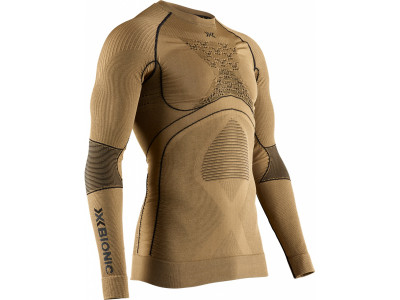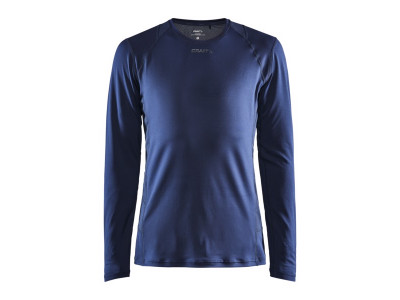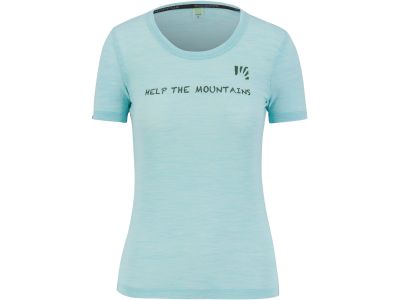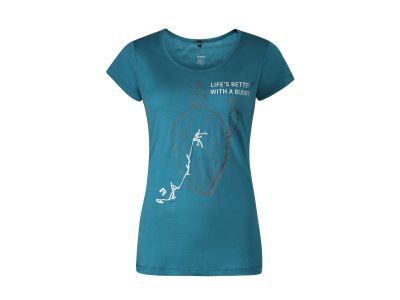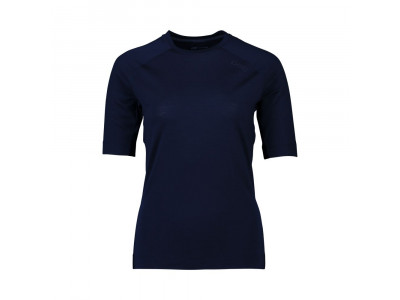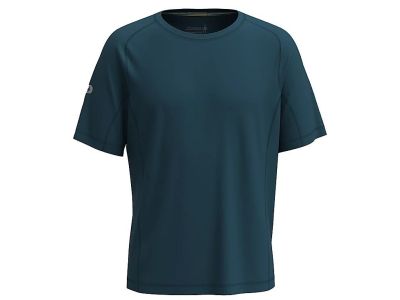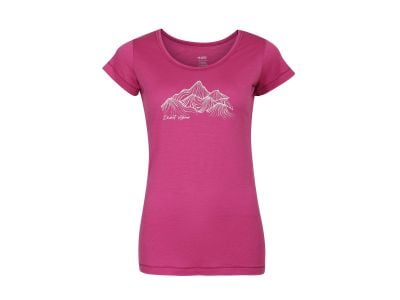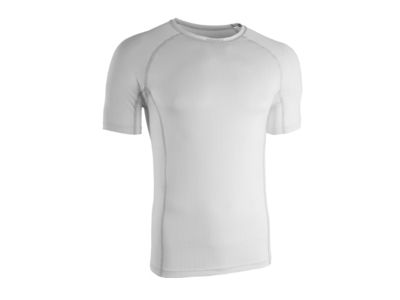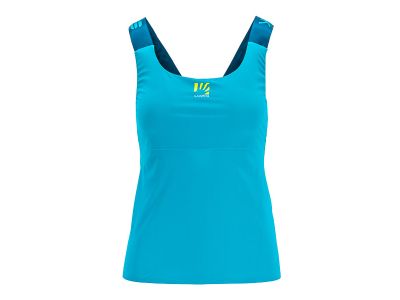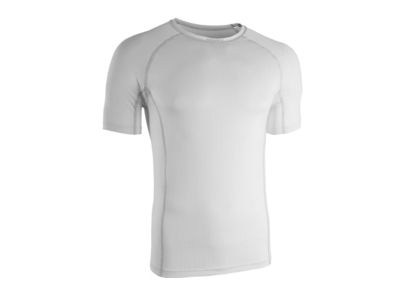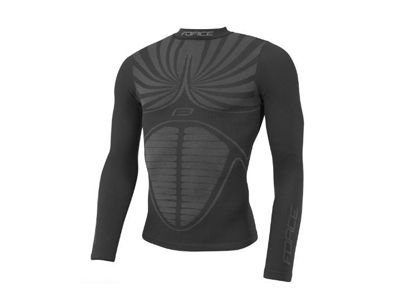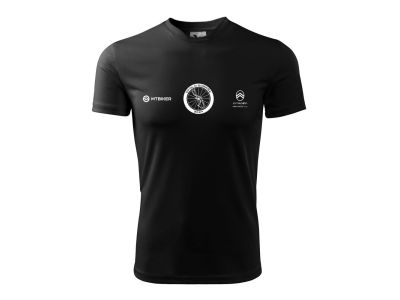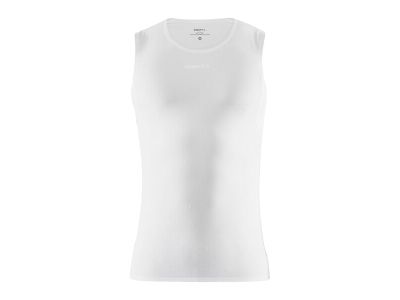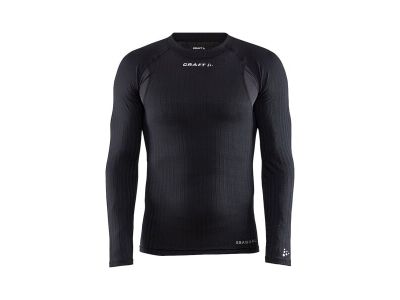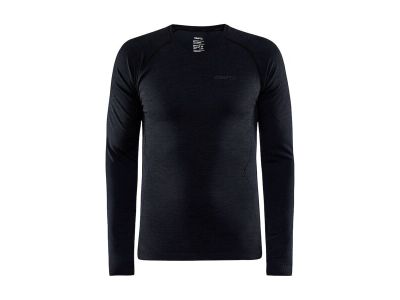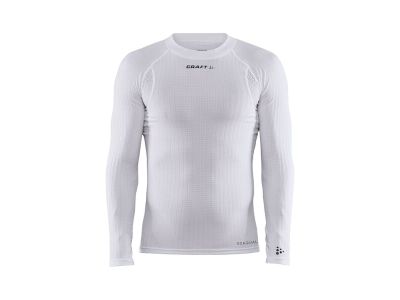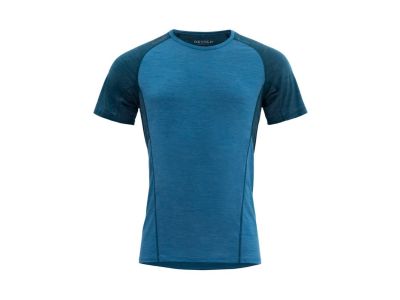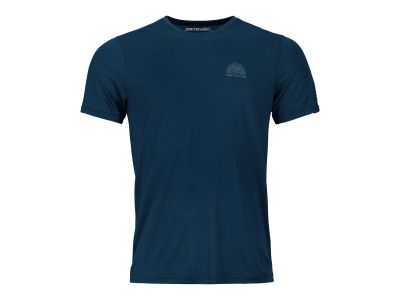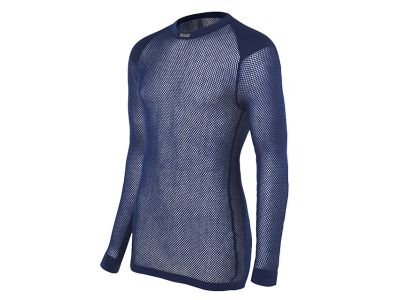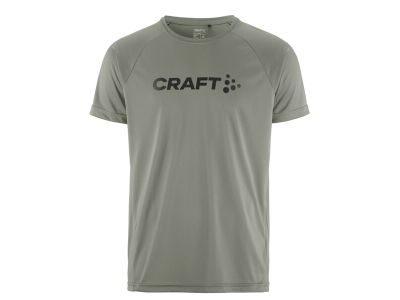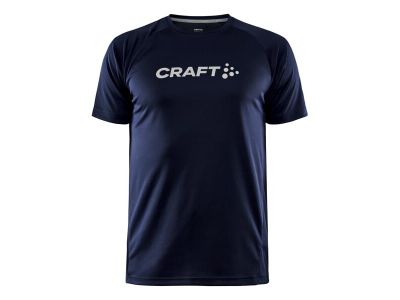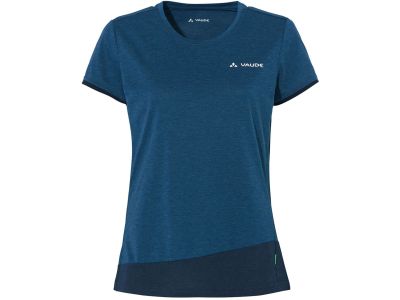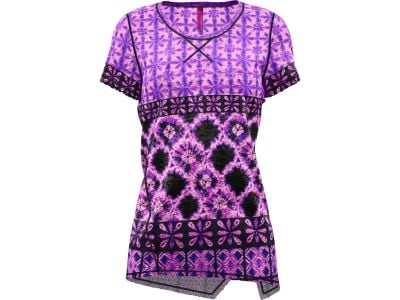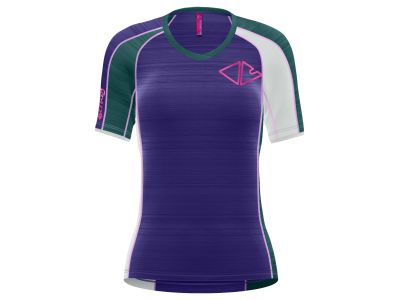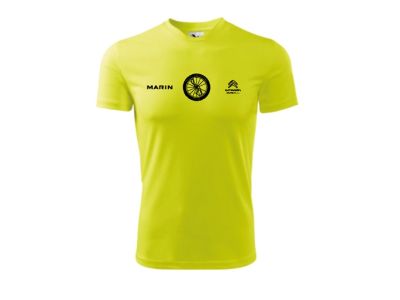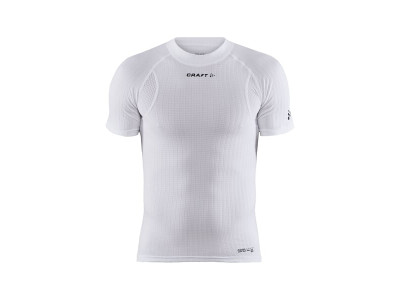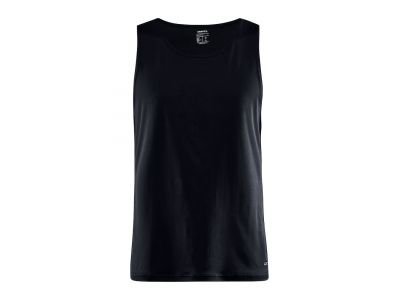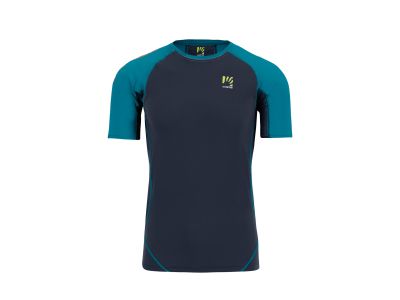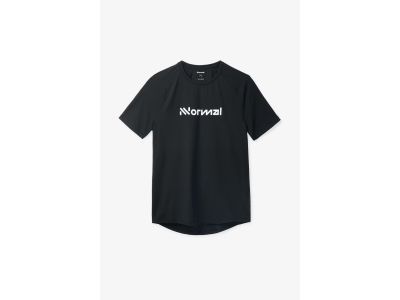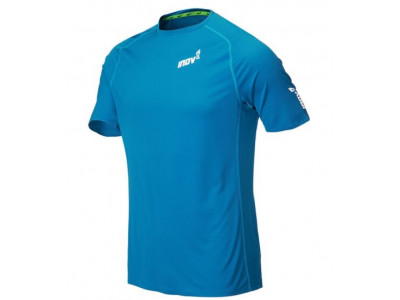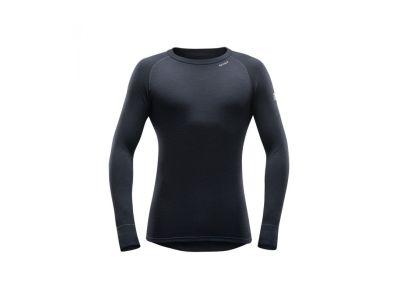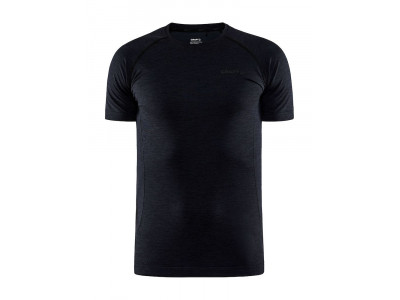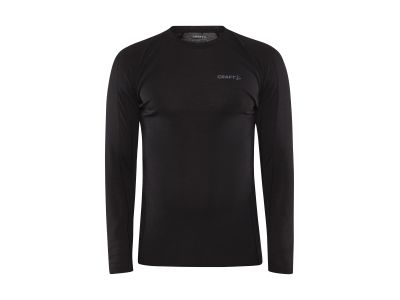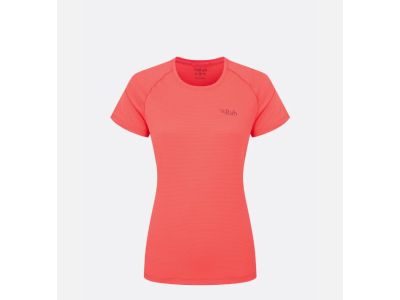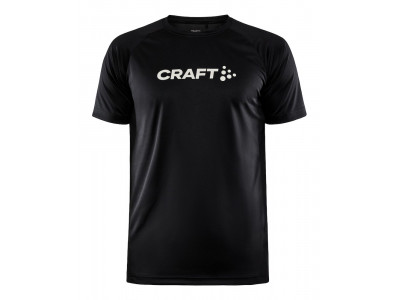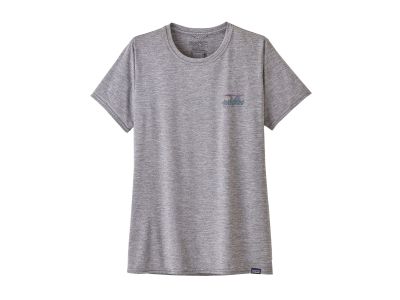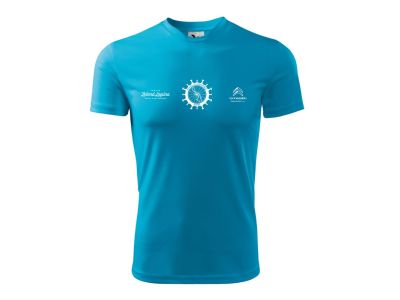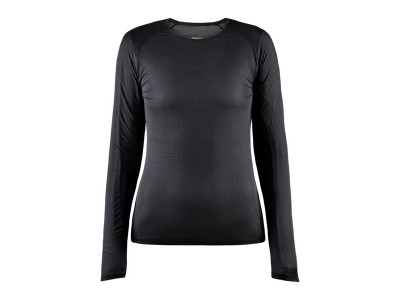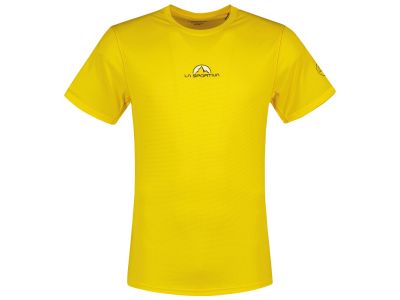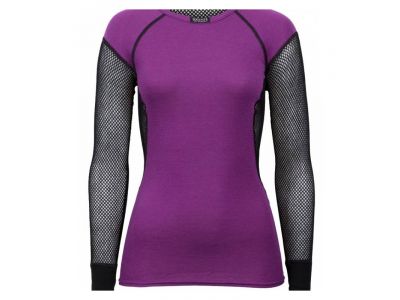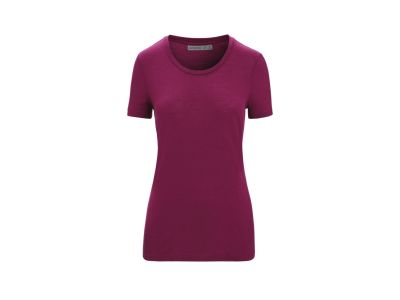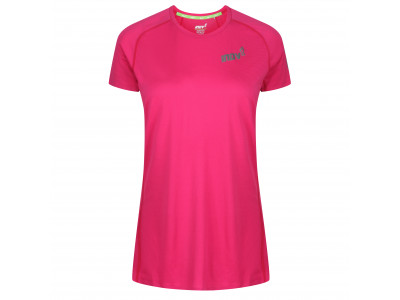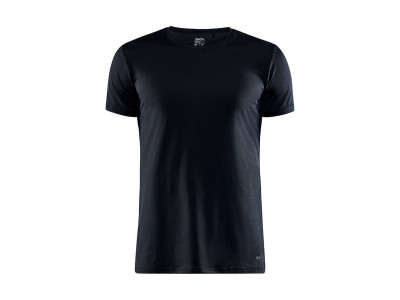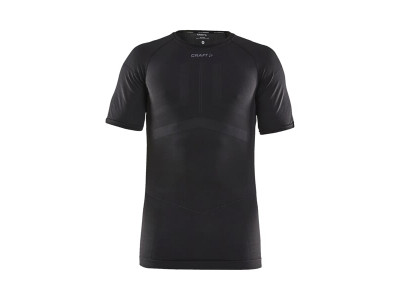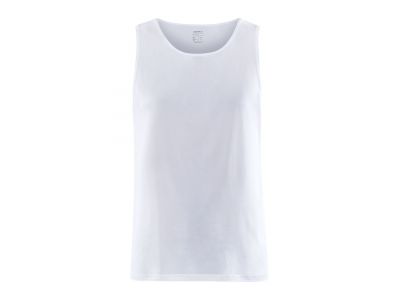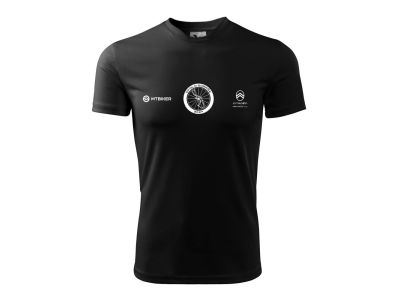Running shirts are designed to provide comfort, functionality, and style for runners of all levels. These shirts are specially made to enhance the running experience by offering features tailored to the unique demands of running.
What specific features do running shirts have?
The specifications of running shirts may vary depending on the brand and style, but here are some common features:
Material: Running shirts are usually made from moisture-wicking fabrics such as polyester or polyester blends. These materials help pull sweat away from the body, keeping runners dry and comfortable during training.
Breathability: Many running shirts include breathable mesh panels or ventilation zones that allow air to circulate and help regulate body temperature, preventing overheating.
Quick-drying: The fabric used in running shirts is typically quick-drying, allowing sweat to evaporate quickly and keeping runners dry.
Weight: Running shirts are designed to be lightweight and comfortable, allowing full range of motion during runs without feeling heavy.
Reflective details: Many running shirts include reflective elements or logos that enhance visibility in low-light conditions, helping to keep runners safe during early morning or evening runs.
Flat seams: Some running shirts use flat seams to reduce chafing and irritation, offering a more comfortable wear.
Fit: Running shirts come in various fits, including regular, slim, or athletic, to suit different preferences and body types. Some styles may also offer features like extended hems or raglan sleeves for increased mobility.
UPF protection: Some running shirts offer UPF (Ultraviolet Protection Factor) to shield the skin from harmful UV rays during outdoor runs.
What types of running shirts are there?
There are several types of running shirts, each offering different advantages to suit various preferences and conditions:
Tank tops: Sleeveless shirts that offer maximum breathability and freedom of movement. Ideal for hot weather or intense workouts where ventilation is key. Usually made from moisture-wicking fabrics to keep runners cool and dry.
Long-sleeve shirts: Provide more coverage and warmth for cooler weather or early morning/evening runs. Often made from lightweight, breathable materials that offer insulation without overheating. May include thumbholes to keep sleeves in place and add hand coverage.
Short-sleeve shirts: A versatile option for moderate temperatures or as a base layer in colder weather. Offer a balance of breathability and coverage, suitable for a wide range of conditions. Typically made from moisture-wicking fabrics to keep runners dry and comfortable.
Technical shirts: Specially designed for performance, featuring moisture-wicking, breathability, and ergonomic design elements. Made from advanced fabrics that regulate body temperature, prevent chafing, and enhance overall comfort.
Compression shirts: Provide targeted muscle support and improve blood circulation, which can aid recovery and reduce muscle fatigue during and after running. Designed to fit snugly and enhance performance while reducing muscle vibration.
What are raglan sleeves?
Raglan sleeves are a type of sleeve commonly found on garments like running shirts, baseball tees, and hoodies. They are characterized by a diagonal seam that extends from the underarm to the neckline, rather than the traditional vertical seam from the shoulder to the neck.
Key features of raglan sleeves:
Diagonal seam: The seam creates a continuous line from the underarm to the collar, giving the garment a distinctive look.
Enhanced mobility: Raglan sleeves provide a greater range of motion compared to traditional set-in sleeves. The diagonal seam allows for more flexibility and comfort, making them ideal for active or athletic wear.
Sleek design: The seamless look of raglan sleeves gives garments a clean, modern, and sporty appearance.
Comfort: They can be more comfortable as the seam adapts to the shape of the shoulders and arms, reducing the risk of chafing or discomfort.
